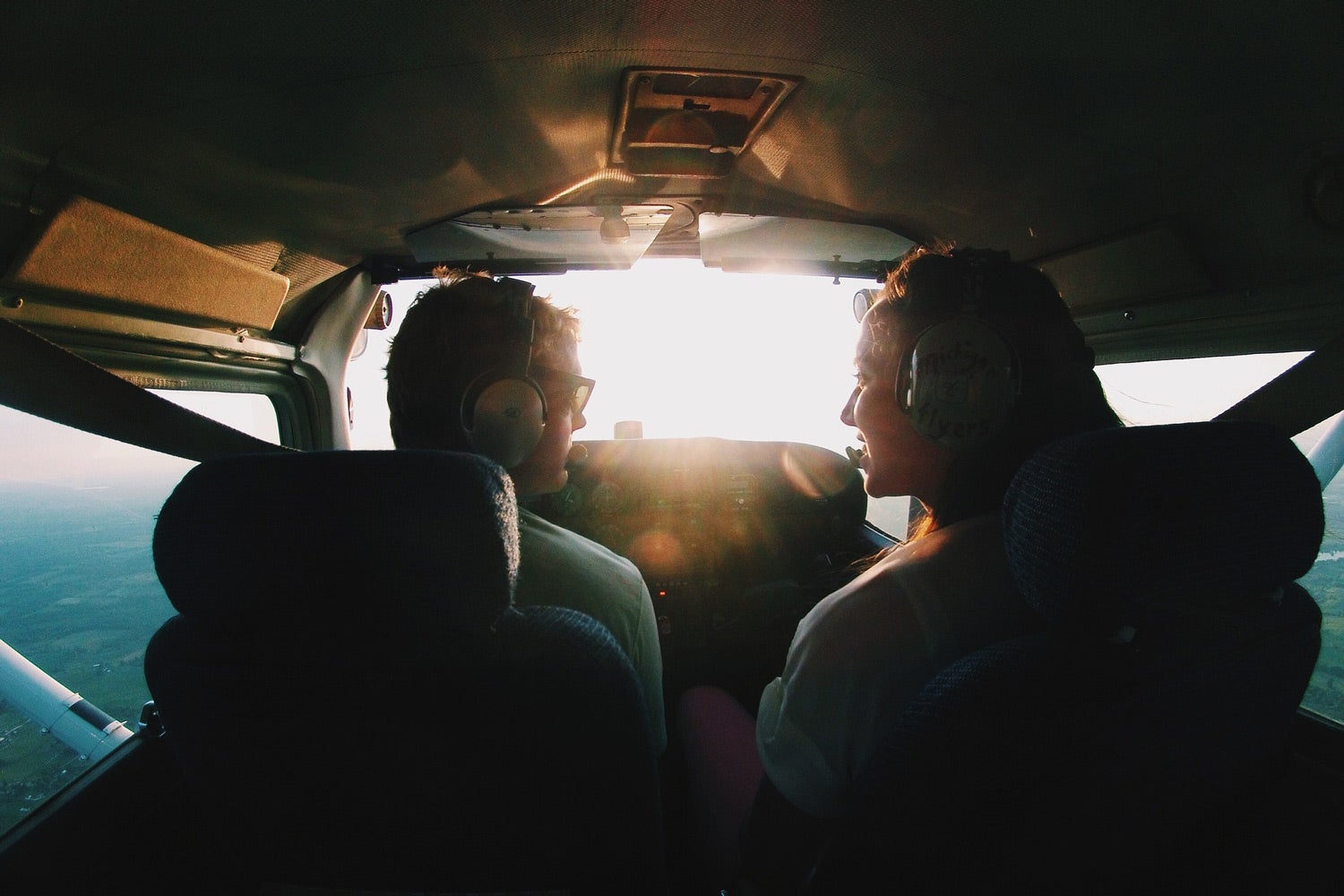When pilots talk about “the regs,” they refer in general to the portion of the Code of Federal Regulations that govern aeronautical activity. To be specific, the regulations that cover the flying you will do initially as a student and as a certificated pilot live in the 14th volume of the CFR and divvy up into “parts.” So, formally speaking, you’d call these sections “14 CFR Part 1” or what have you.
But pilots rarely do so in practice. Most refer to “the regs” as the Federal Aviation Regulations, or FARs—but the “part” part still applies. Fortunately, as a pilot just starting out, you need only concern yourself with a handful of parts and those regulations found therein. You can access the whole lot of them here, but we’ve broken it down for you into these top-level areas.
Just like you need to learn a few words in a foreign language in order to understand what’s happening when you travel abroad, you’ll also need to learn key definitions for aviation terms so that you can figure out what the various regulations cover. Part 1 serves as a glossary of the aviation terms used most by the FAA and other government entities, defining them and giving a key to their use in the regulations to follow.
A good plan of attack when you first review the FARs in total is to spend some time with Part 1 to familiarize yourself with these terms. You can’t expect for them all to make sense, especially as you’re just getting started, so have faith. Any terms that you need further explanation for should be discussed with your instructor.
Part 61: What’s Your Certificate and How Do You Get It?
While you may have learned to drive a car initially by a few trips around the block with a parent or your friends, you still needed to pass a driving test (and perhaps complete a course) in order to be recognized by the authorities as adequately qualified to drive. Essentially, the same applies to flying: You need to adhere to certain protocols in order to be properly certificated by the FAA. Part 61 outlines those requirements in general, and then for each licensing level.
You will begin by following the requirements to be a student pilot, found in Subpart C, 61.81-95. Upon soloing, you will continue with the requirements for private pilots, found in Subpart E, 61.102-117—unless you choose to pursue a recreational (Subpart D) or light sport certificate (Subpart J). You can go on to pursue your commercial certificate (Subpart F) and then perhaps your instructor’s certificate (Subpart H)—and eventually, if the spirits (or career goals) move you, obtain your airline transport pilot certificate (Subpart G). It’s all outlined here, and looking at the list can feel daunting or straightforward.
Other parts of Part 61 include the requirements for a medical certificate, 61.23, and how to deal with name and address changes, keeping logbooks, and applying to take practical tests. It pays to familiarize yourself with this part so that you can form a roadmap for your training—and good syllabus is based upon the requirements in these regulations.
The map of the regulations that you will follow as you fly around comes in Part 91, General Operating and Flight Rules. The breadth of these regs covers everything from pilot-in-command authority to careless and reckless operation in the general (Subpart A) section, and goes on to outline Flight Rules in Subpart B.
You’ll see references to “visual flight rules” and “instrument flight rules,” and essentially they refer to flight in good weather versus flight in the clouds or poor visibility. In Subpart C, you’ll find equipment and instrument certification requirements, and in Subpart E, those rules that govern maintenance—at least those for which the pilot is responsible. Entire Parts are dedicated to the development and certification of aircraft, and the maintenance requirements for technicians to follow—and you need not concern yourself with those as a private pilot, for the most part.
Subpart D outlines Special Flight Operations, things such as towing gliders, aerobatic flight, and skydiving/parachuting. You may want to familiarize yourself with these rules after you’ve gained fluency with the others—you may be tested on some of them, but you’re not likely to encounter their use until after you have your initial (private) pilot certificate.
You may choose to learn to fly at a flight training organization that has special certification under Part 141, Pilot Schools. Those schools that comply with the stricter rules of this part can propose to complete your training in a shorter period of time, as they have the authority to perform some functions of the FAA in-house, or under special dispensation. They have met a certain standard for instruction, facilities, aircraft, and training syllabi that are covered in this part.
NTSB 830: When Accidents (and Incidents) Happen
Along with the regs found in the various parts of 14 CFR, the FARs, you also need to know the procedures and definitions outlined in 49 CFR Part 830 (also referred to as “NTSB Part 830”) on notification and reporting of aircraft accidents and incidents. Heaven forbid you have an accident or incident to report ever in your career—but you still need to know what to do in case that happens.
